What is the tolerance range of precision screws?
What is the tolerance range of precision screws?
Service Hotline
+86760-8787 8587We have more than ten years of experience in screw industry production. The main products are: blue and white round head bolts with washers, titanium steel pure titanium screws and titanium nuts, Dongguan flange nuts, made by Dongguan manufacturers, set lengthened screw wall studs, specializing in the production of gaskets Manufacturer, spring pin, hexagonal pressure riveting nut, bottom hole 4.2 carbon steel galvanized pressure plate nut column, set screw, carbon steel inverted four-corner nail furniture four-claw nut, double stack self-locking, self-locking anti-theft locking screw, rolling Ball screw shafts, countersunk head hexagon socket expansion bolts and other fasteners, due to different product materials and specifications, the price is also different, if you need, please contact us.


1. First remove the sludge on the surface of the broken head of the broken screw, use the center gun to kill the center gun of the section, and then use an electric drill to install a drill bit with a diameter of 6-8 mm to drill the hole in the center of the section, pay attention to the hole must be drilled through. After the hole is drilled through, remove the small drill bit and replace it with a drill bit with a diameter of 16 mm, and continue to expand and drill through the hole of the broken bolt. 2. Take a welding rod with a diameter of less than 3.2 mm and use a medium and small current to carry out surfacing welding from the inside to the outside in the hole of the broken bolt. Take half of the entire length of the broken bolt at the beginning of the surfacing welding. When starting the surfacing welding, the arc should not be too long. In order to avoid burning through the outer wall of the broken bolt, surfacing to the upper end face of the broken bolt, and then continue surfacing to weld a cylinder with a diameter of 14-16 mm and a height of 8-10 mm. 3. After the surfacing is completed, hammer the end face with a hammer to make the broken bolt vibrate along its axial direction. Due to the heat generated by the previous arc and the subsequent cooling plus the vibration at this time, the broken bolt and the thread of the body will be loose in between. 4. Carefully observe, when it is found that a small amount of rust leaks from the fracture after the knock, take the M18 nut and put it on the surfacing column head and weld the two together. 5. After welding, use a torx wrench to cover the nut while it is still hot, and twist it back and forth, or tap the end face of the nut with a small hand hammer while twisting back and forth, so that the broken bolt can be taken out. 6. After taking out the broken bolt, use a suitable tap to process the thread in the frame to remove rust and other debris in the hole.
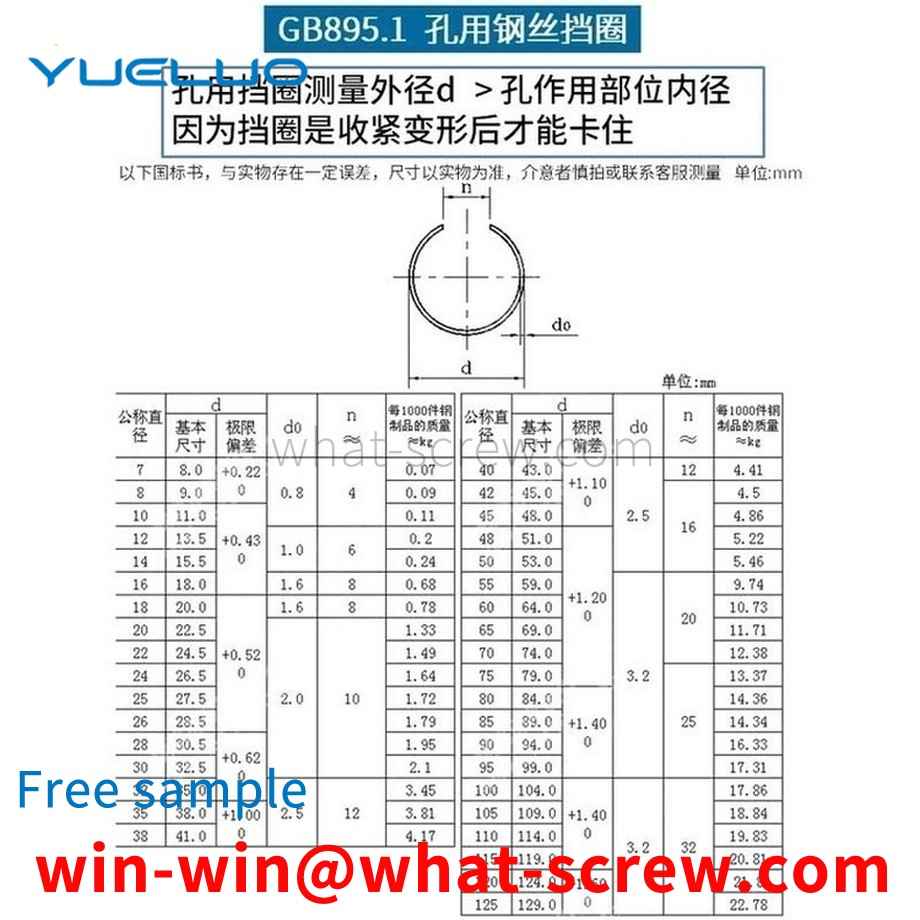
The positioning pin is a pin designed to accurately position the two adjacent parts of the mold in a mold composed of two or more parts. It can be seen that the positioning pin plays a positioning role, and the mold must be accurately synchronized when it is closed. product, and the positioning pin can make the upper and lower molds play a role in accurate positioning. In the mold design and manufacture of Yueluo, the positioning pin is one of the most common parts. Since it is only used for positioning between parts, few people will pay too much attention to it. In the cold stamping process of Yueluo, the dimensional accuracy of the blanking parts depends on the size of the working part of the punch and the concave die, and the dimensional difference between them constitutes the blanking die gap. Gap is an important process parameter for die design, and its size has a great influence on the quality of the section of the blanking part, the blanking force, and the life of the die. If the gap is too large, punching burrs will appear in punching; if the gap is too small, secondary cracks will occur in the section and extrusion burrs will appear, which will make the quality of the section after punching unsatisfactory, and a reasonable gap will not only help the punching section. The improvement of the quality also contributes to the improvement of the lifespan of the 6-pack.

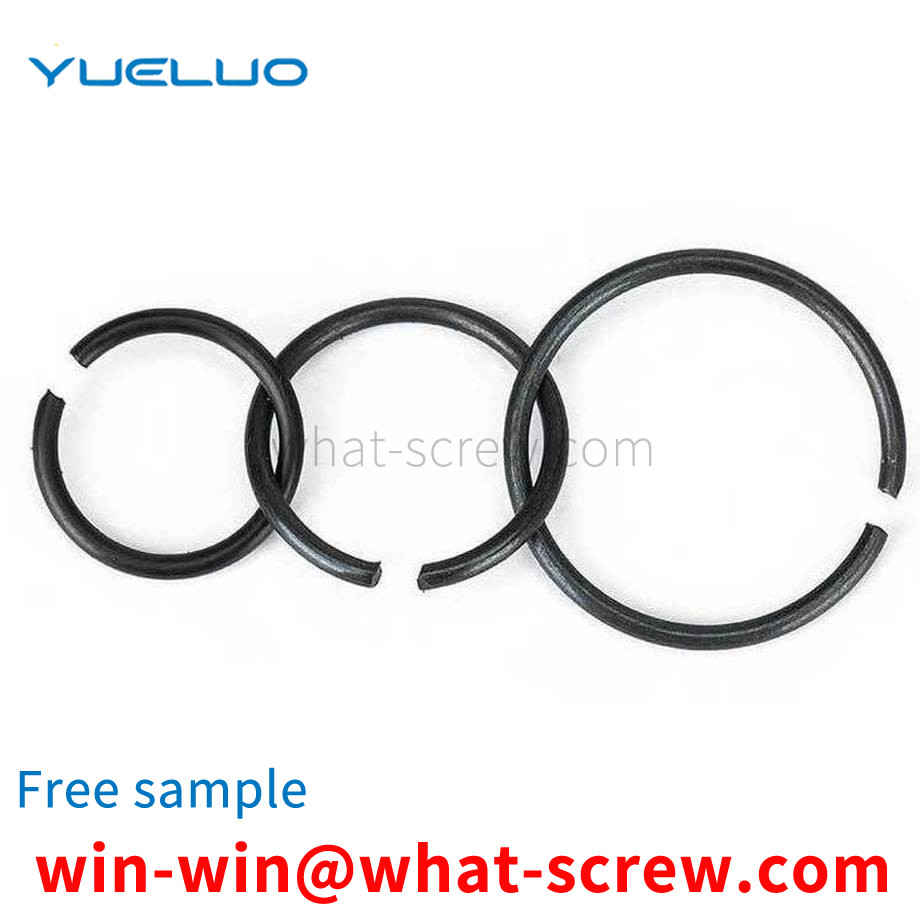
2. Low cycle fatigue Low cycle fatigue means that the fatigue stress is close to or exceeds the yield limit of the material. The material has a certain amount of plastic deformation in each strain cycle. The life is generally in the range of 102 to several times 104, and the fatigue curve is generally used. ε-N curve representation. The finite element calculation results show that after the bolt is screwed into the lock nut, the stress at the root of the threaded piece is large, and part of the surface area is in a yield state, while the strain in the central area of the root of the threaded piece is small, and the strain situation is more complicated. The area with high strain at the root of the thread piece experiences reciprocating loading, which is prone to low cycle fatigue, which reduces the pressure of the thread piece and reduces the screw-out torque.
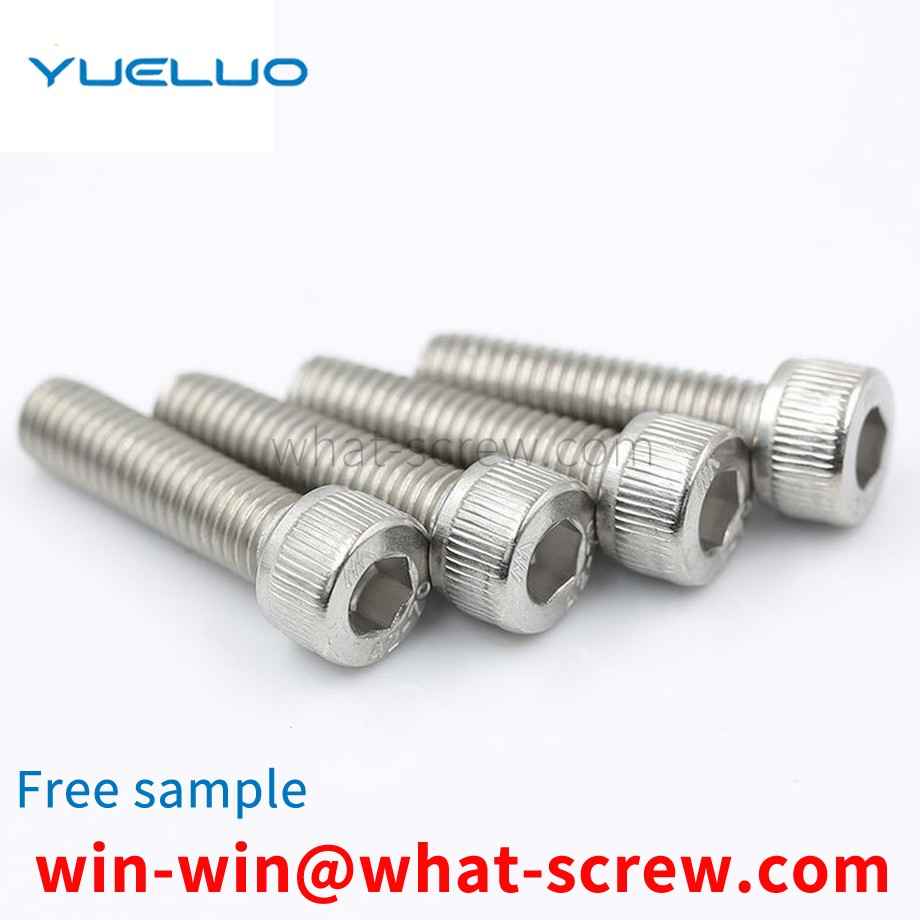
The earliest rivets were small pegs made of wood or bone, and the earliest metal variants may be the ancestors of what we know as rivets. They are without a doubt the oldest known method of joining metals, dating back as far as the earliest use of malleable metals, eg: Bronze Age Egyptians riveted the six wooden sectors of the outer lines of a slotted wheel with rivets Fastened together, after the Greeks had succeeded in casting large statues in bronze, the parts were riveted together with rivets.
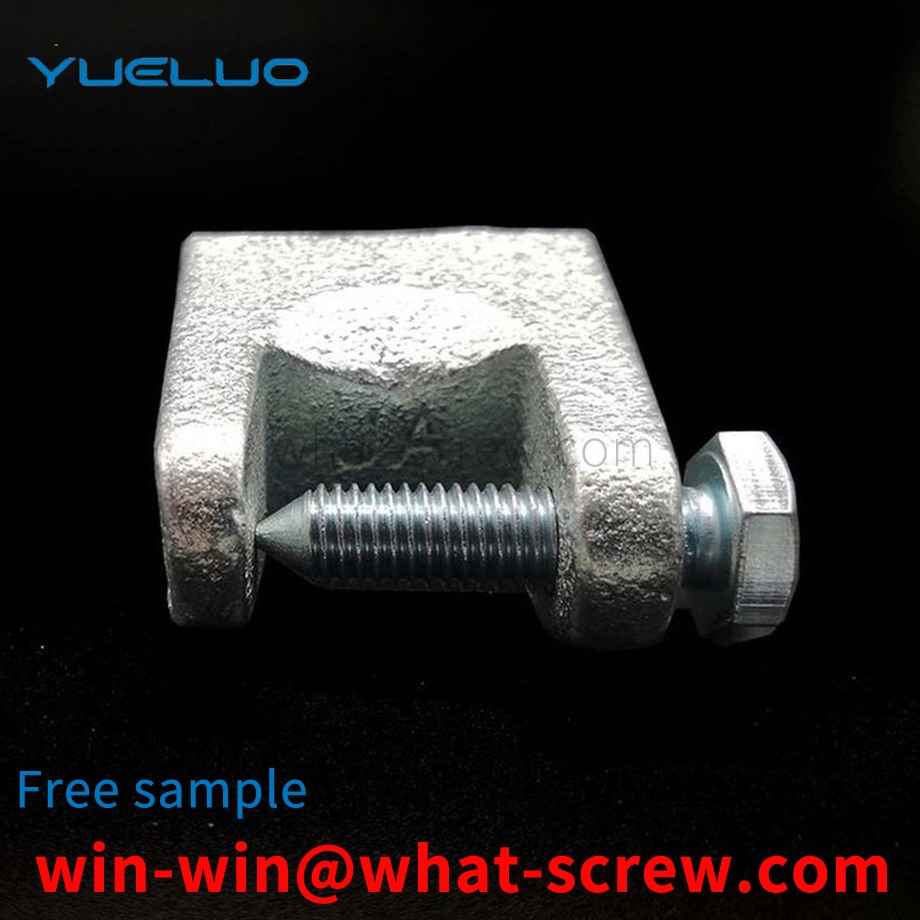
The above content is uploaded by Yueluo or the Internet. If there is any copyright issue, please contact [email protected].

What is the tolerance range of precision screws?

How to choose the right stainless steel screw manufacturer?

Why is there an R angle under the head of the hexagon head s...

We have more than ten years of experience in screw industry ...
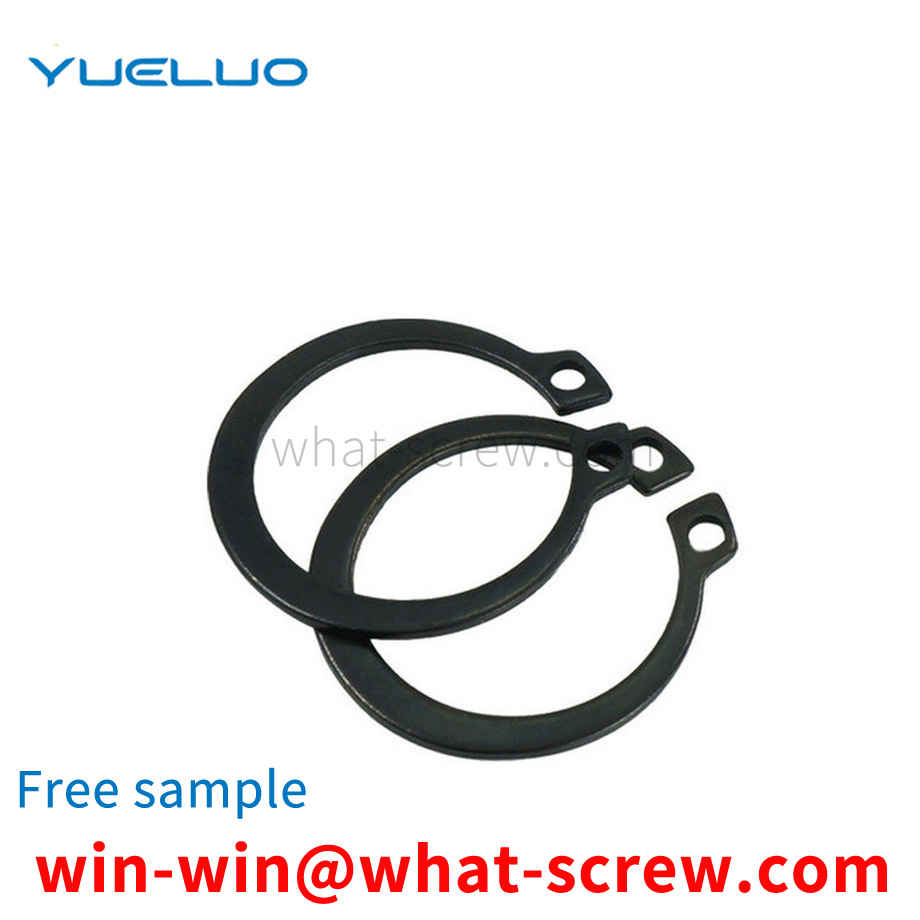
We have more than ten years of production experience in the ...
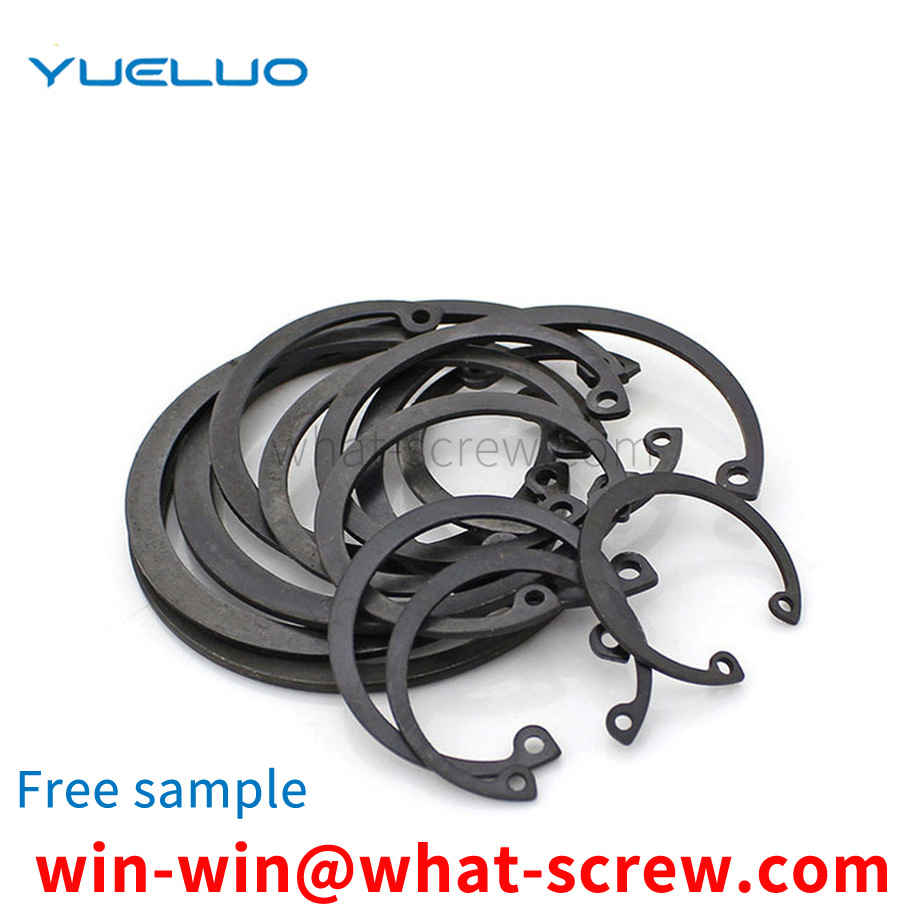
We have more than ten years of production experience in the ...
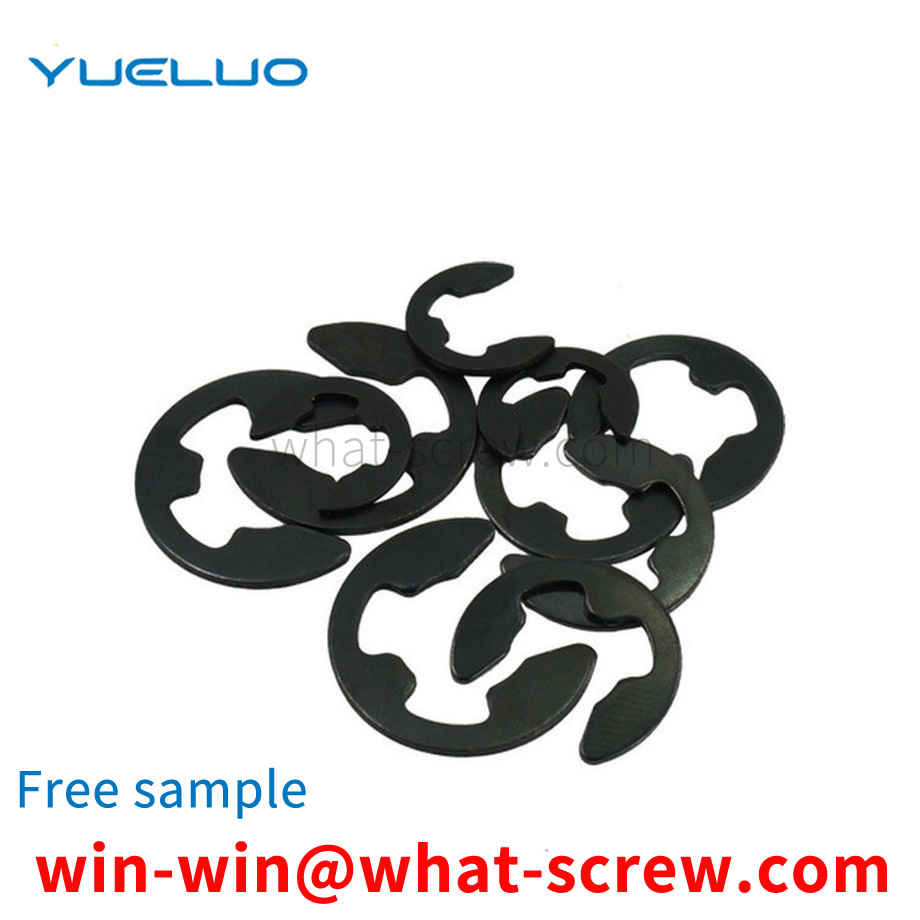
We have more than ten years of production experience in the ...